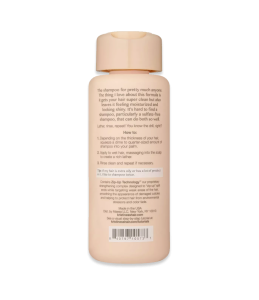What are the ingredients of shampoo and how is it made

Shampoos are cleansing and sometimes therapeutic formulas for a wide range including: Personal hygiene, pets and carpets are used. Shampoo compounds include primarily chemicals called surfactants It has the special ability to surround oily substances on surfaces And allows these materials to be washed with water. Most shampoos, as mentioned, are used for personal hygiene, especially for washing hair.
Familiarity with the ingredients used in shampoos
The most important ingredients are shampoos, water, cleansers, foam boosters, firmers, conditioners, Preservatives, improvers and special additives such as vitamins and plant extracts.

